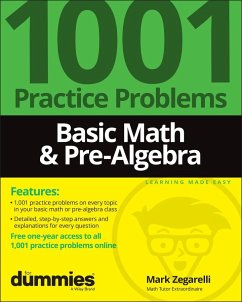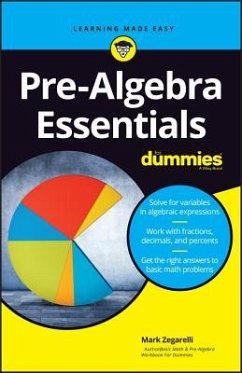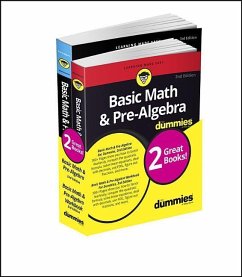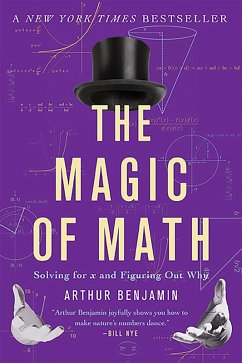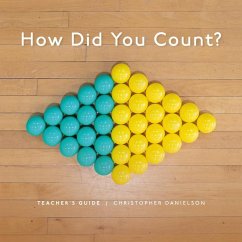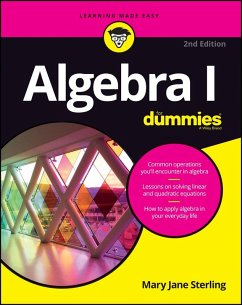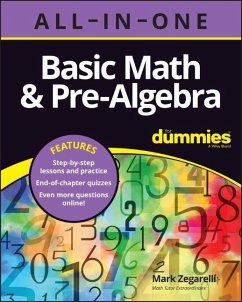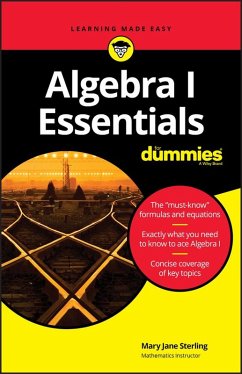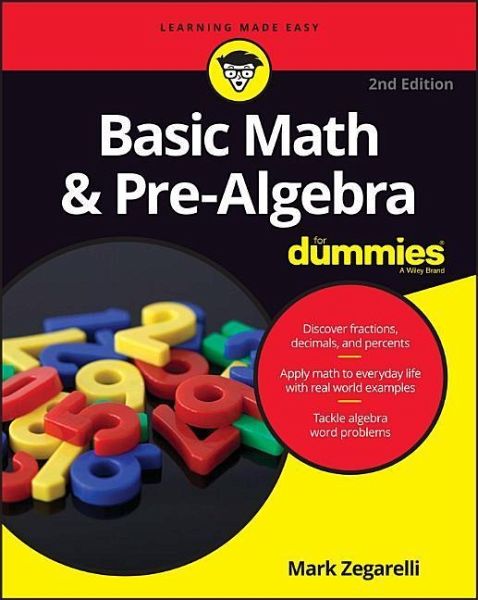
Basic Math & Pre-Algebra for Dummies
Versandkostenfrei!
Versandfertig in über 4 Wochen
18,99 €
inkl. MwSt.
Weitere Ausgaben:

PAYBACK Punkte
9 °P sammeln!
Basic Math & Pre-Algebra For Dummies, 2nd Edition (9781119293637) was previously published as Basic Math & Pre-Algebra For Dummies, 2nd Edition (9781118791981). While this version features a new Dummies cover and design, the content is the same as the prior release and should not be considered a new or updated product.




